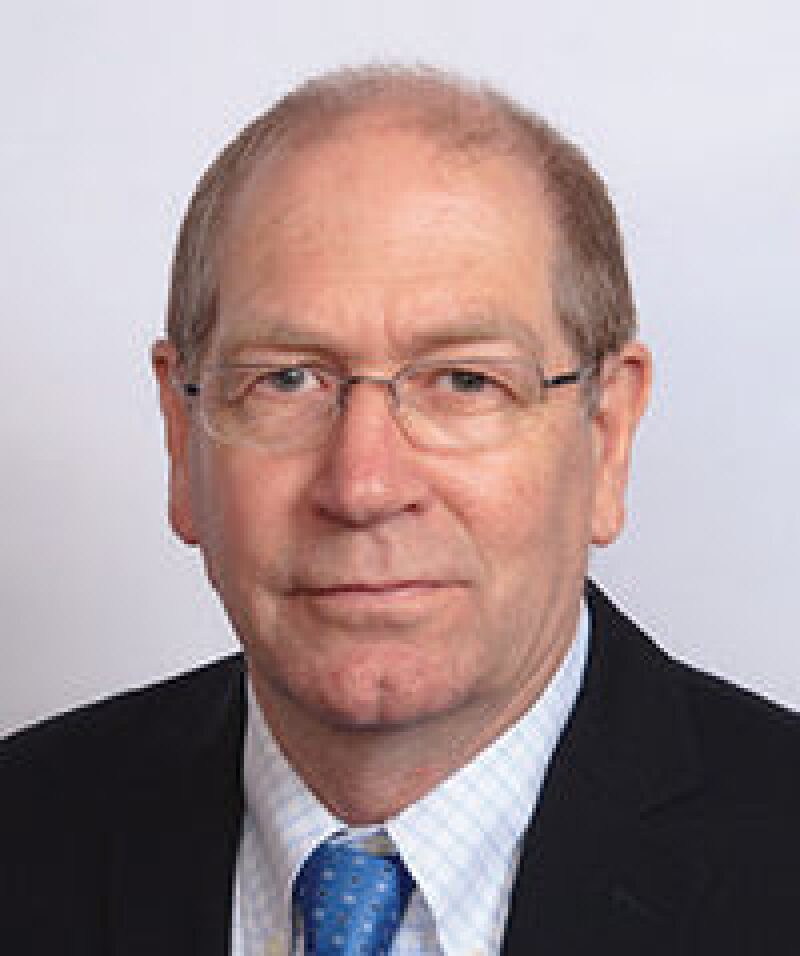Drilling systems automation requires a digital backbone. One segment of that backbone is the interval between the drill bit and the surface. Most drilling operations use mud-pulse telemetry to transport data over that interval, or electromagnetic or acoustic telemetry. These methods provide a low data rate, topping out at approximately 40 bits/second in one direction, and some suffer from nonstationary latency. This is not an ideal digital backbone for systems automation.
Wired pipe removes both the bandwidth and latency barriers of the available measurement-while-drilling (MWD) telemetry systems. This innovation came to market around 2007, after approximately a 5-year development period. The introduction predates the systems automation of drilling, and the first applications focused on getting image data to surface for fast decisions on wellbore quality and updating the drilling plan, for example. Even in those early trials, the ability of wired pipe to affect performance by rapid updating to surface of downhole parameters was quite apparent. Now, various operators, as part of drilling systems automation, have run it in extensive tests, and paper SPE 191574 presents the latest in these trials.
It will be interesting, in the next few years, to see if the adoption of wired pipe advances the movement of quality data to surface and the tight real-time control of downhole drilling systems. Certainly, it seems to fill the role from a technical standpoint. The issue of adoption primarily concerns viable business models and vision, the latter not just from operators but also from all participants in drilling operations.
Human interaction in systems automation and drilling management is a key issue, and, while papers have described the levels of automation technology, few case studies have shown its relationship to actual drilling technologies. Paper SPE 191408 outlines the mapping between directional drilling and systems automation and serves to stimulate thought as other drilling technologies move into automation. One of those technologies is the use of engineering (physics-based) models in real time. Here, data quality is important, as measurements merge with contextual information in real time, as described in paper SPE 191426. This paper is quite important, showing the use of physics-based and data-driven models in parallel (the digital-twin paradigm) to effect real-time event detection.
The three selected papers tell a story that reflects the drilling systems automation path: digital backbone, methodology, and applications. This approach may be simplistic, but the story does help clarify a young technology that sometimes seems overly energetic and chaotic. Nevertheless, it is full of promise.
This Month's Technical Papers
Automated Operations and Wired Drillpipe Benefit Arctic Drilling
Automation-Adoption Approach Maps Human/System Interaction
Automated Real-Time Torque-and-Drag Analysis Improves Drilling Performance
Recommended Additional Reading
SPE 191939 An Open Approach to Drilling Systems Automation by Hans-Uwe Brackel, Baker Hughes, a GE company, et al.
SPE 191672 Managing the Drilling Function by John Willis, Occidental Oil and Gas, et al.

| John Macpherson, SPE, is senior technical adviser for drilling services for Baker Hughes, a GE company. He has been in the oil and gas industry for more than 40 years, much of that time with Baker Hughes in the upstream sector. Macpherson spent the first 7 years of his career in operations in South America before transitioning to applications research. His technical interests include MWD systems, drilling measurements (especially drilling dynamics), signal processing, MWD telemetry systems, enhanced-geothermal-system technologies, and drilling systems automation. Macpherson has held various research-and-development management posts, has published extensively, holds several patents, and has been a committee member for SPE conferences. He is a past chairman of the SPE Drilling Systems Automation Technical Section and was an SPE Distinguished Lecturer. Macpherson holds a BS degree in geology from the University of Glasgow. He is a member of the JPT Editorial Committee and can be reached at john.macpherson@bhge.com. |


